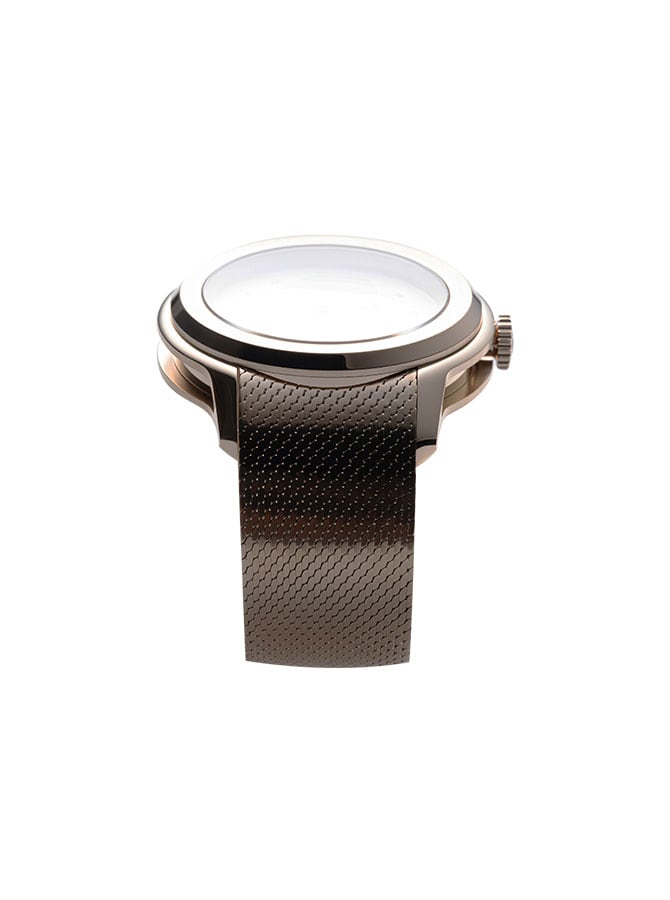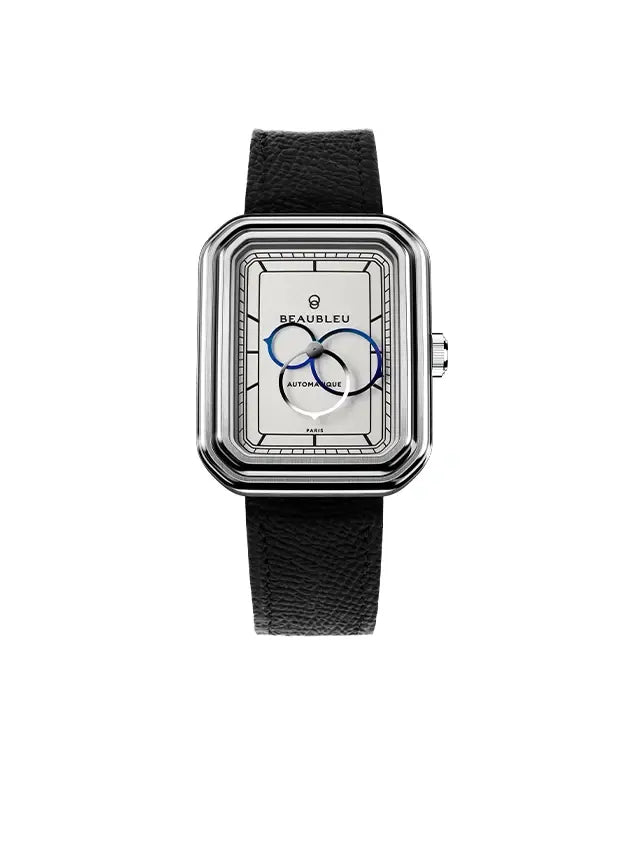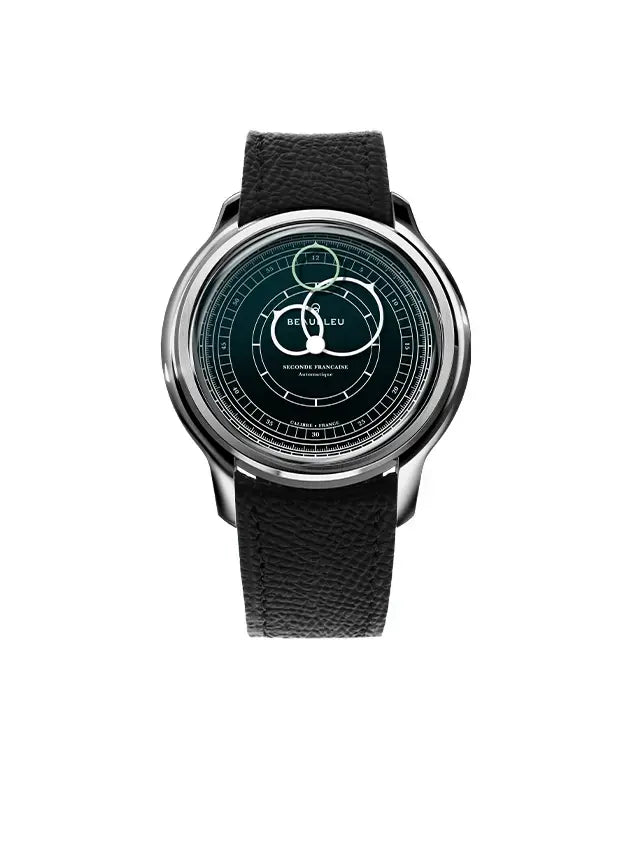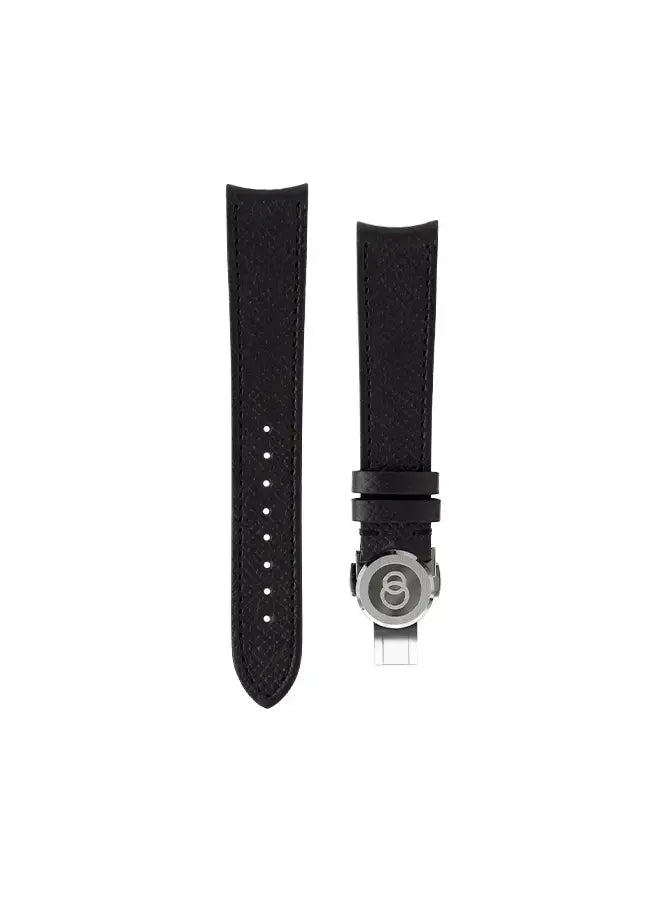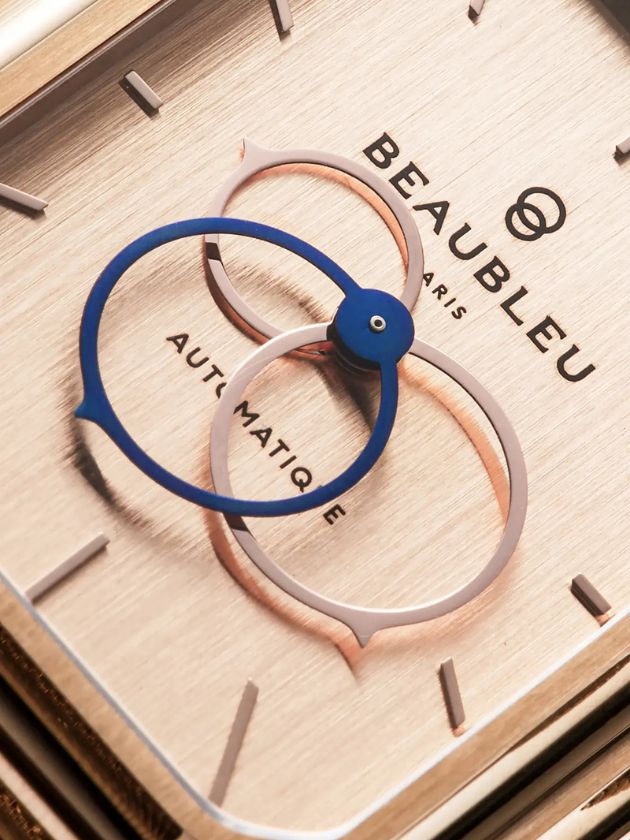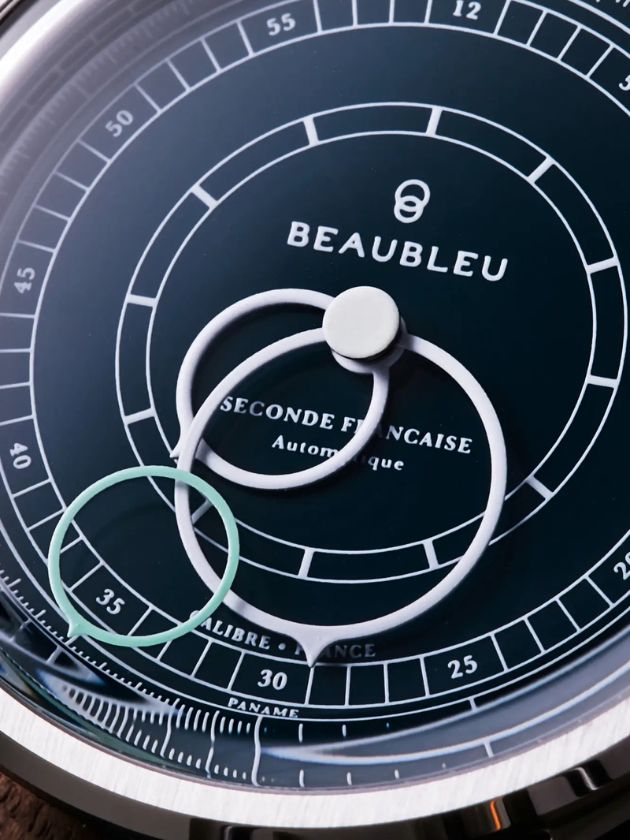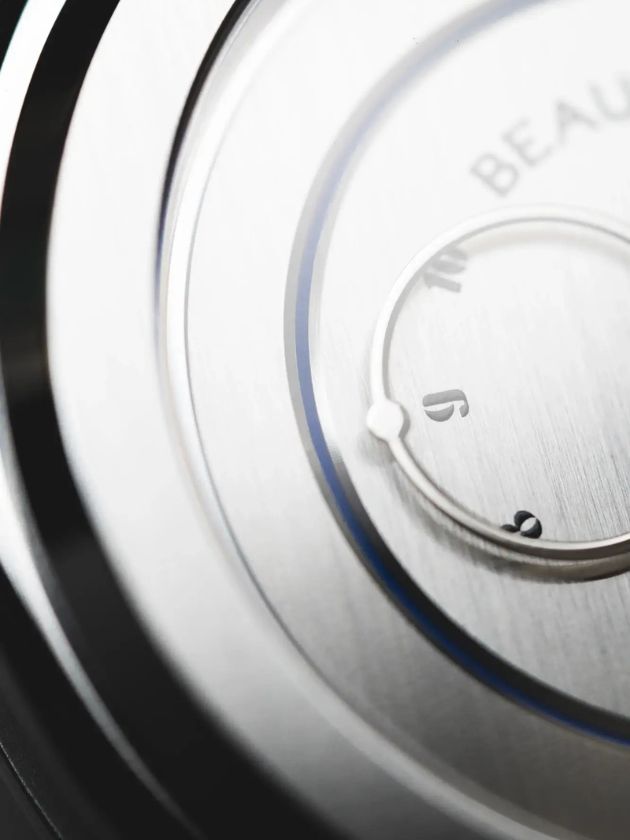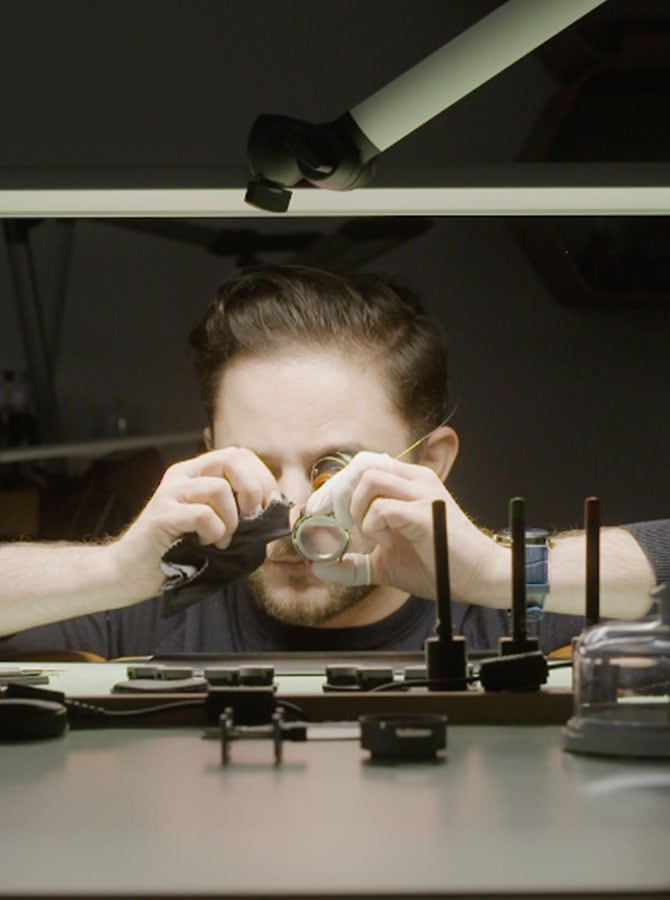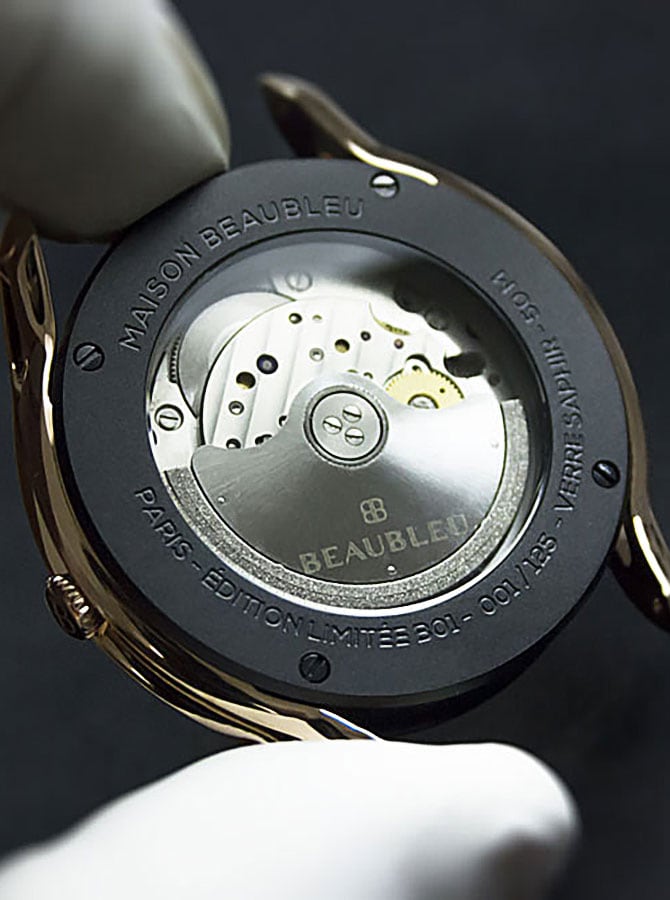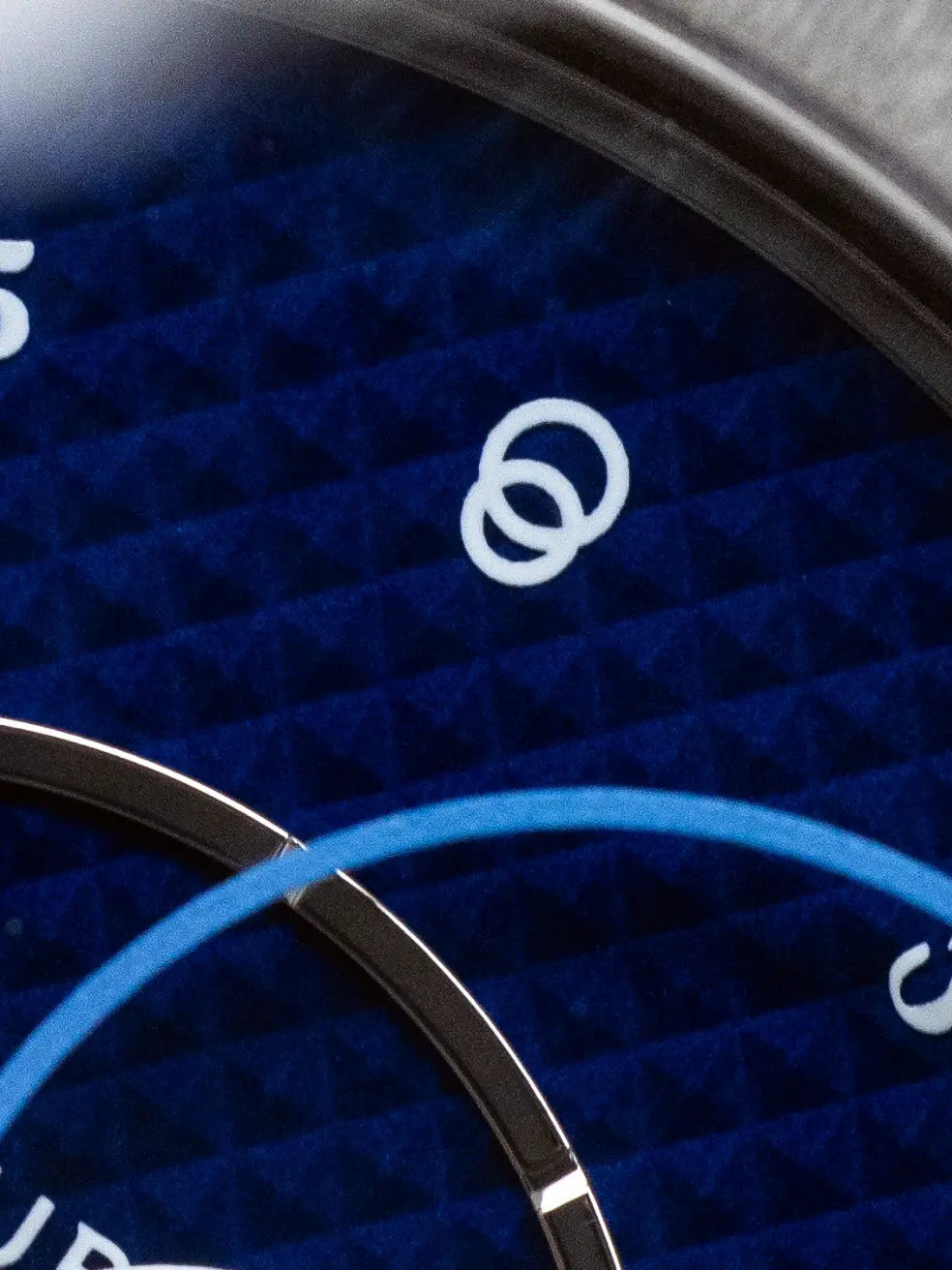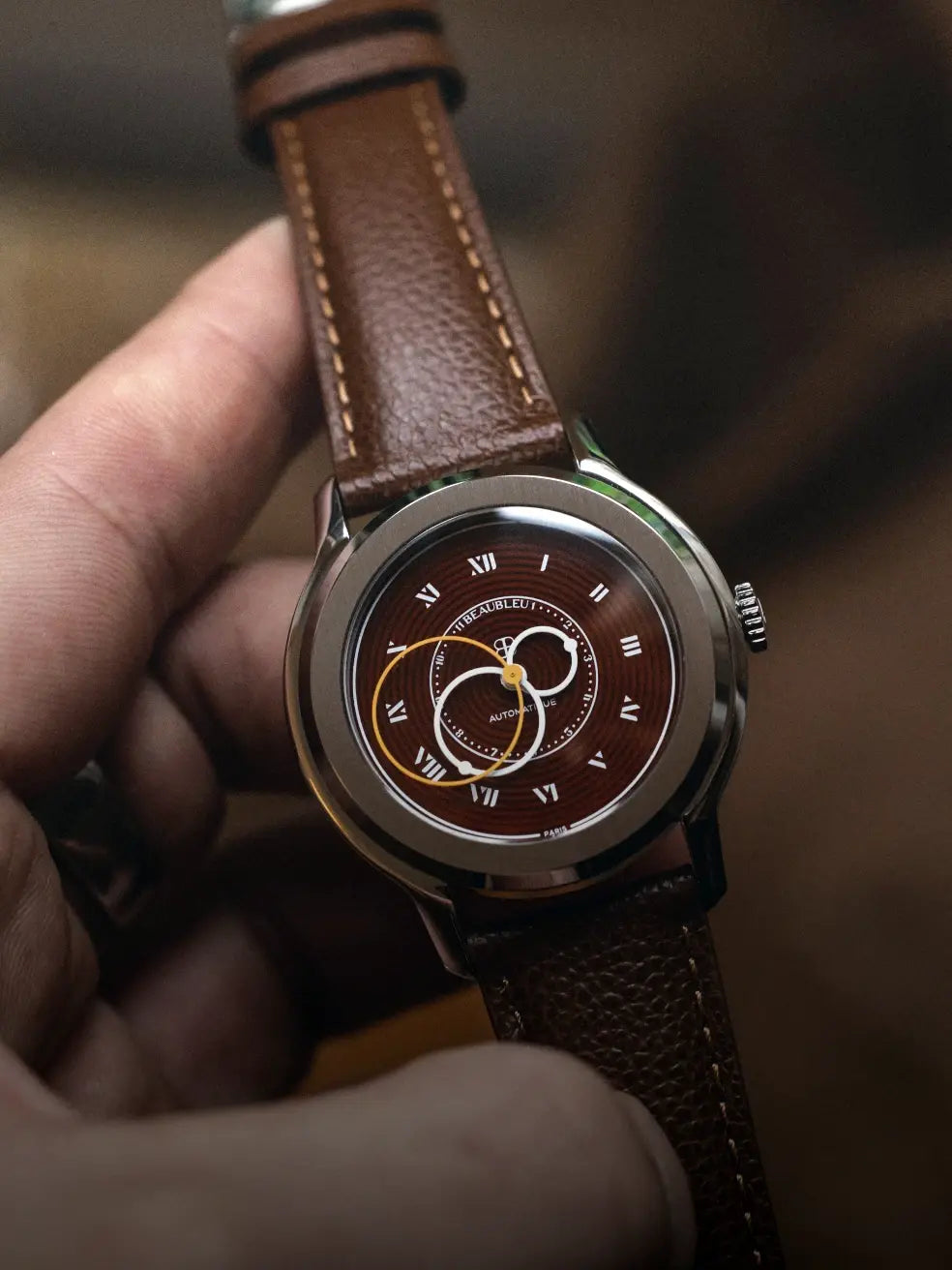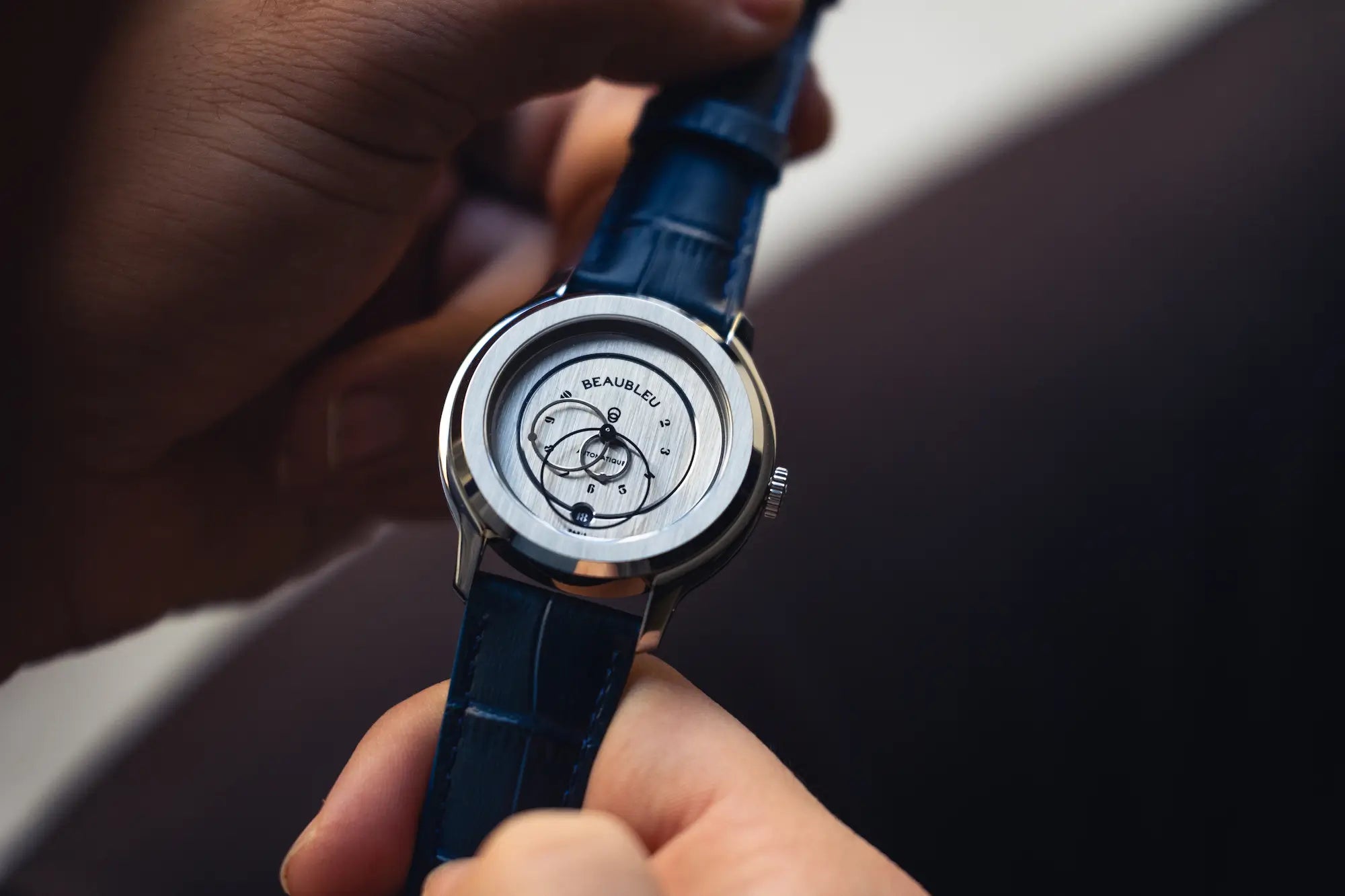
Quartz vs mechanical watches
If design, shape or even size are criteria that we instinctively take into account when buying a watch, the movement is another. Less visible but surely just as important, it is about understanding how a watch works from a technical point of view, what is the energy that makes it run. Mechanical vs quartz watch, the fight is on! What do these terms actually mean? Is there really anything to discuss? Explanations.
Quartz and mechanical watch: the technique
Concretely, what are we talking about? The heart that makes the watch beat, the energy that will be used to make it work. Mechanical watches do not require any external energy source to operate. They are driven thanks to the energy provided by the different components of their…mechanical movement. Quartz watches, on the other hand, tell the time using a battery.
At the heart of a quartz watch, a thin strip of quartz oscillates under the effect of the electrical energy provided by a battery whose lifespan reaches several years. Unbeatable in terms of its long-term precision, it is not restrictive, requires almost no maintenance - only a battery change when the watch stops - and is much less expensive than a mechanical watch.
The heart of a mechanical watch beats thanks to the action of the different components of its movement. The watch is operated using the winding stem which winds a spring. This pulls on the barrel drum and allows the oscillation of the balance which will operate the entire mechanism. There are two types of mechanical watch: manual winding and automatic. The mechanical watch with manual winding which is wound thanks to the intervention of its wearer, the latter winding his watch every day by turning the winding crown and the automatic watch which winds itself or rather, as its name suggests indicates, thanks to an automatic mechanism operating by the simple movement of the wrist.
Quartz and mechanical watch: art and history
If the two great families oppose each other today, you should know that historically watchmaking and all its art were built around mechanical watches. Quartz only made its appearance in 1968. Before then, there was no debate or choice to make.
If mechanical watches appeal so much to watch enthusiasts, it is because of their history and their complex engineering. Symbols of true watchmaking, their ticking only takes place through the ballet of the different components that integrate their movement. The entire art of watchmaking, its heritage and tradition is exercised through the mechanical watch which becomes a true object of fascination.
A mechanical watch made to last
Choosing a mechanical watch means choosing a piece made to last that you will appropriate over time. This is Beaubleu’s philosophy. Our vision of watchmaking takes us through experience and know-how.
This is why Beaubleu has chosen to only offer automatic watches, watches that only come to life thanks to their wearer, watches with which we create a real bond. Watches that are appreciated by touch, that we enjoy watching age and why not passing on. Watches whose mechanical nobility can be admired through the transparent case back and which highlight the work of the artisans who shape them.
